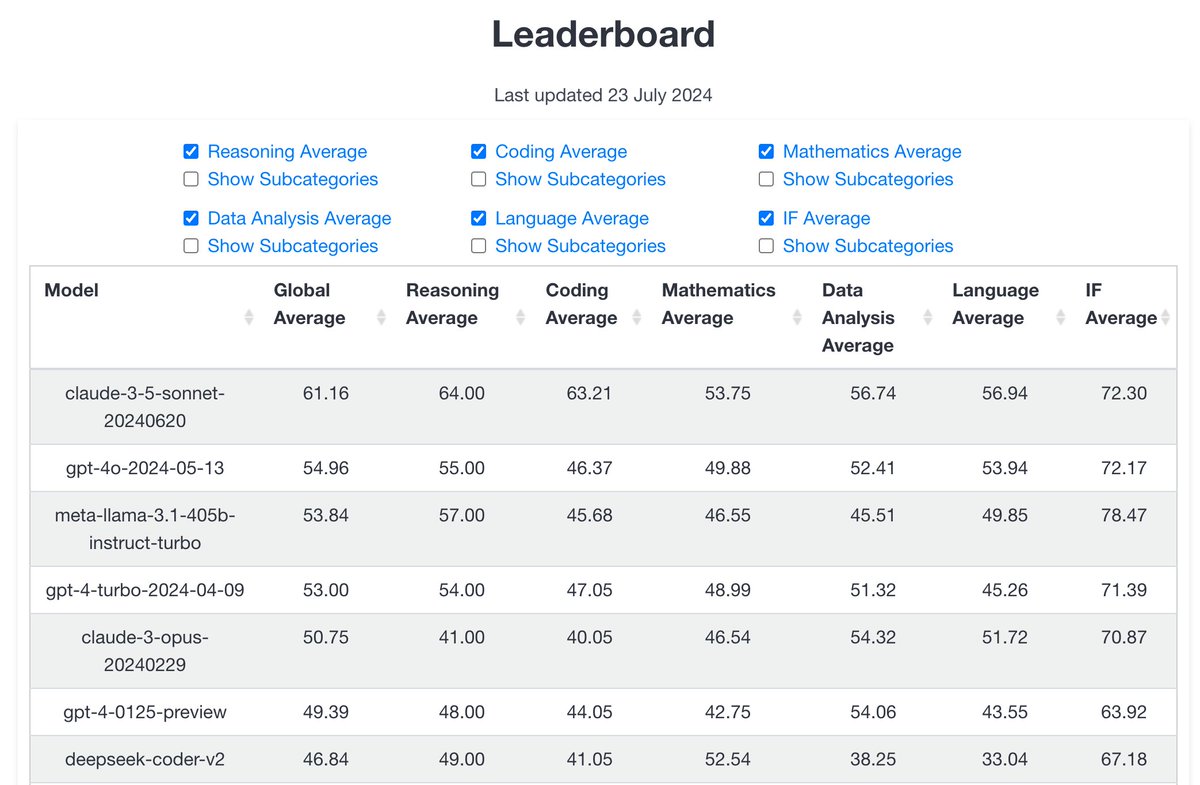
Willie Neiswanger
@willieneis
Assistant Professor @USC in CS + AI. Previously @Stanford, @SCSatCMU. Machine Learning, Decision Making, AI-for-Science, Generative AI, Uncertainty, ML Systems.
ID: 25907462
https://willieneis.github.io 22-03-2009 23:38:31
175 Tweet
1,1K Followers
244 Following










![Jiarui Zhang (Jerry) (@jiaruiz58876329) on Twitter photo [1/11] Many recent studies have shown that current multimodal LLMs (MLLMs) struggle with low-level visual perception (LLVP) — the ability to precisely describe the fine-grained/geometric details of an image.
How can we do better?
Introducing Euclid, our first study at improving [1/11] Many recent studies have shown that current multimodal LLMs (MLLMs) struggle with low-level visual perception (LLVP) — the ability to precisely describe the fine-grained/geometric details of an image.
How can we do better?
Introducing Euclid, our first study at improving](https://pbs.twimg.com/media/Gg8lAuxasAAv3oD.jpg)



![Shangshang Wang (@upupwang) on Twitter photo 😋 Want strong LLM reasoning without breaking the bank? We explored just how cost-effectively RL can enhance reasoning using LoRA!
[1/9] Introducing Tina: A family of tiny reasoning models with strong performance at low cost, providing an accessible testbed for RL reasoning. 🧵 😋 Want strong LLM reasoning without breaking the bank? We explored just how cost-effectively RL can enhance reasoning using LoRA!
[1/9] Introducing Tina: A family of tiny reasoning models with strong performance at low cost, providing an accessible testbed for RL reasoning. 🧵](https://pbs.twimg.com/media/GpO_7AKbwAA_jyf.jpg)





